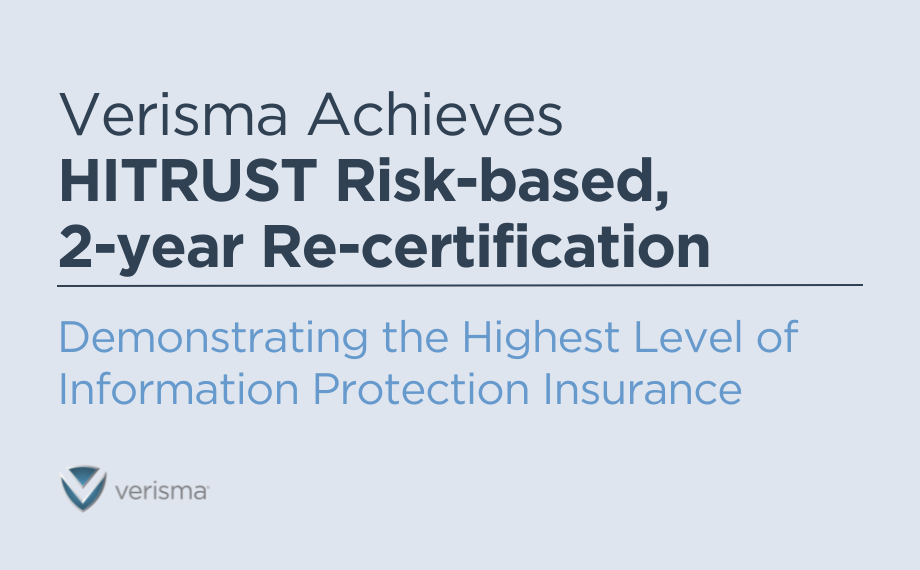

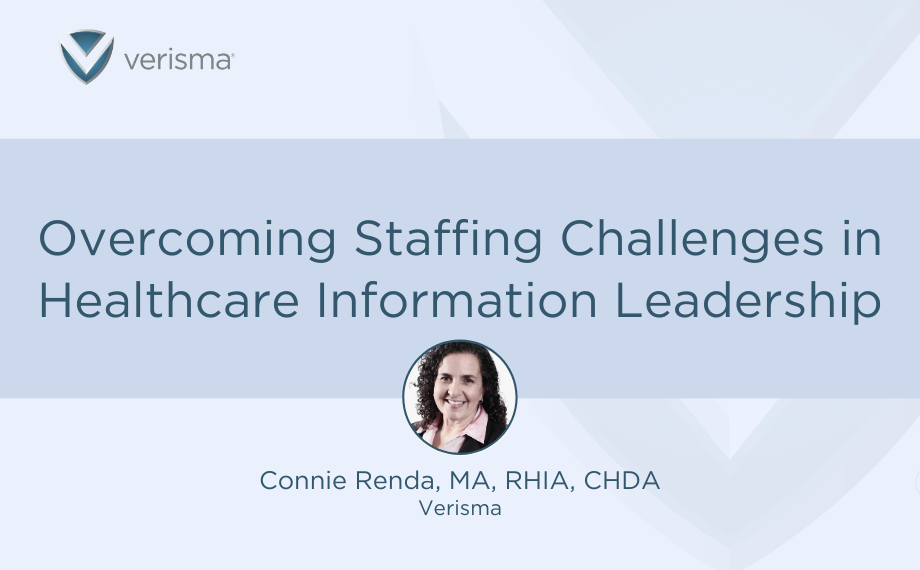
Overcoming Staffing Challenges in Healthcare Information Leadership
Challenges in HI Staffing
Understaffing
Understaffing is a perennial issue that plagues healthcare information management. The demand for skilled professionals often surpasses the available talent pool. A report from the Society for Human Resource Management (SHRM) notes that finding suitable candidates and retaining employees will be paramount for organizations in 2023. However, this search for top talent often collides with budget constraints, creating significant challenges, especially in an era marked by concerns over inflation. Many organizations find themselves handcuffed by hiring freezes or grappling with staff shortages due to employees on FMLA leave, compounding the problem further. The critical HIM duties cannot be deferred and require a dependable workforce, which isn’t always readily accessible when needed.
Skill Gaps
In the ever-evolving healthcare landscape, skill gaps are another major headache for healthcare information leaders. As Forbes aptly points out, the industry is grappling with substantial talent shortages as skill sets struggle to keep pace with rapidly advancing technology. This disconnect between the demands of modern healthcare and the available skill sets places additional pressure on organizations striving to maintain efficiency and compliance in their operations.
Fluctuating Workloads
Fluctuating workloads compound the woes of healthcare information leaders. The volume of work can oscillate dramatically, leading to unexpected spikes in demand that strain an already stretched workforce. Coping with these variations efficiently while maintaining a high standard of service becomes an ongoing challenge.
What Can We Do?
Develop a Flexible Workforce Strategy
Maintaining staff agility is one way to ensure operational continuity and peace of mind. My colleagues had many great ideas to achieve this from cross training to assigning multiple job roles. More experienced staff (or outsourced partners) are motivated by new learning experiences and can help address staff shortages, workload surges, and unique projects. In fact, this is such an effective strategy that Verisma launched a team dedicated for this purpose called Verisma bench.
Consider Efficiency Gains Through Outsourcing
In addition to ROI, many other administrative HIM tasks can frustrate staff who could be spending more time working at the top of their license. Outside partners can alleviate these burdens and improve efficiency, while eliminating the headaches of hiring and training. Verisma, for instance, can manage tasks like prior authorizations, purge projects, inbound document management, and referral management. so staff can focus on what matters most – patient care.
Leverage Technology-Enabled Strategic Partnerships
Strategic partnerships are more than supplemental staff. They’re relationships built on experience, consistency, time, and effort. Better yet, technology-enabled service companies do more than complete tasks – they build for the future. Working with a trusted company like Verisma to help with staffing challenges makes sense and allows you to share the burden of finding a qualified, reliable team to address talent shortages.
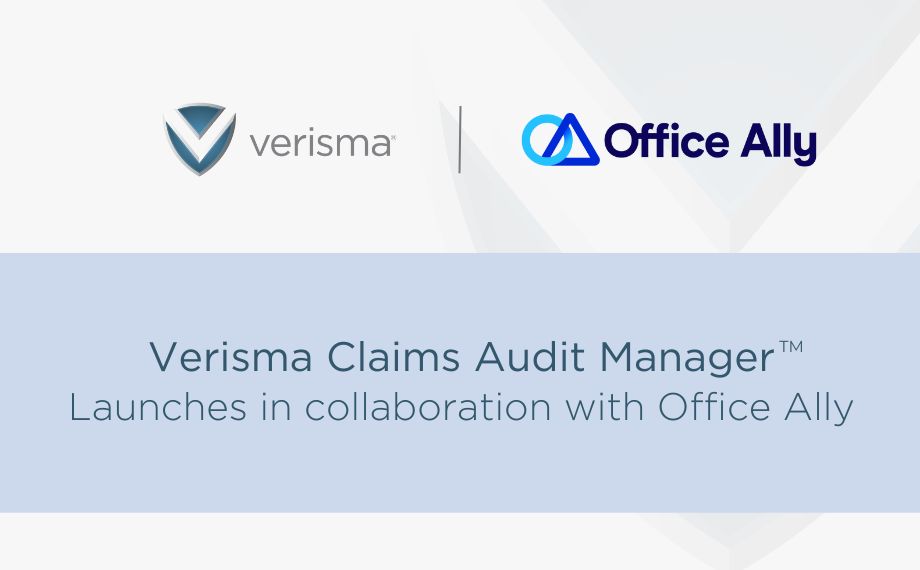
Verisma Claims Audit Manager Launches as an End-to-End Release of Information and Audit Management Platform Designed to Protect Revenue Integrity
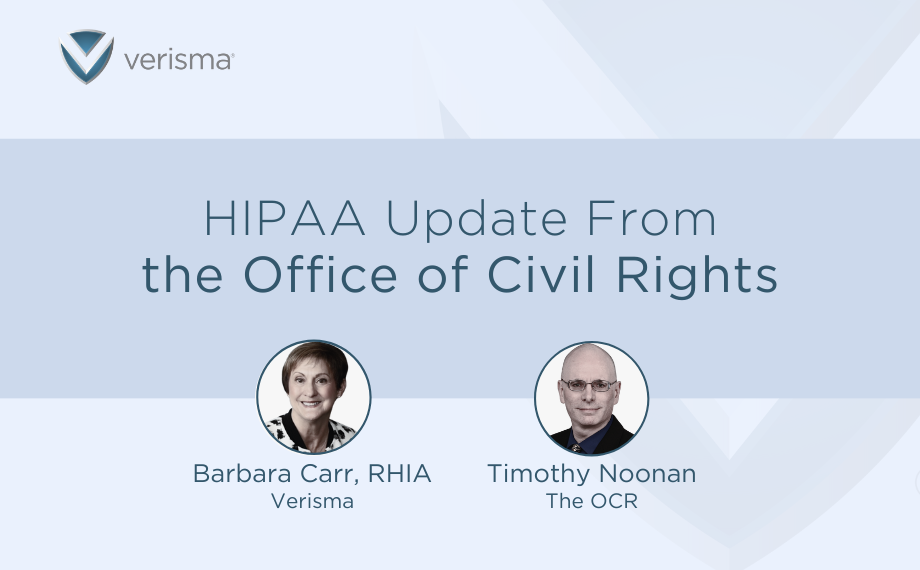
Key Takeaways: HIPAA Update from the OCR
Strengthening Privacy Protections for Reproductive Health:
One significant aspect discussed during the webinar was the Notice of Proposed Rulemaking (NPRM) regarding reproductive health. The primary objective of this proposal is to enhance privacy protections by restricting the use or disclosure of Protected Health Information (PHI) by regulated entities for investigations related to reproductive health care. To enforce this prohibition, the NPRM suggests that regulated entities obtain a signed attestation ensuring that the requested PHI is not intended for prohibited purposes. This attestation requirement applies to various circumstances, including health oversight activities, judicial and administrative proceedings, law enforcement purposes, and disclosures to coroners and medical examiners. The comment period for this proposal ends on June 16, 2023.
Understanding the Impact on HIM and Release of Information Processing:
From an HIM perspective, numerous questions arise regarding the content of the attestation and its impact on the release of information processing. To gain more insights and details on this matter, interested individuals can refer to the official Federal Register document available here.
Transitioning from COVID-19 Telehealth Measures:
Timothy Noonan also provided updates on the conclusion of the COVID-19 health emergency with regards to telehealth. Attendees were reminded that personal health information (PHI) stored on mobile devices such as cell phones and tablets is not protected under HIPAA. This serves as a critical reminder for healthcare professionals to ensure appropriate safeguards are in place when handling PHI on personal devices.
Enhanced Coordination for Substance Use Treatment:
The webinar covered proposed modifications to 42 CFR Part 2 records, which deal with substance use and disorders. The objective of these modifications is to enhance coordination among providers involved in the treatment of substance use, thus reducing existing challenges. By potentially increasing patient protections regarding the disclosure of records, these changes aim to prevent discrimination in treatment. More information on the proposed modifications can be found here.
Understanding Online Tracking Technologies and Protecting ePHI:
Another crucial topic discussed in the webinar was the use of online tracking technologies, such as Google Analytics and Meta, on entity websites or apps. Attendees were reminded that using tracking technologies in a manner that leads to impermissible disclosures of electronic Protected Health Information (ePHI) to tracking vendors is strictly prohibited. The webinar provided insights into the nature and usage of tracking technologies, as well as the necessary steps that regulated entities must take to safeguard ePHI. For additional information, visit the OCR’s website here.
Escalating Breach Incidents and the Need for Robust HIPAA Security:
The number of PHI breaches has seen a concerning increase, with hacking breaches accounting for a significant portion. In 2022 alone, there were 712 reported breaches, a sharp rise from 369 in 2018. Hacking incidents accounted for 49% of all breaches in 2022, and from January 1 to April 30, 2023, hacking incidents constituted a staggering 67% of all breaches. Moreover, during the same period, there were 559 breaches affecting 400 or more individuals, with 57% being network server-related and 21% related to email. These alarming figures highlight the urgency for organizations to fortify their security measures and conduct regular HIPAA security assessments to identify and mitigate risks.
Looking Ahead and Staying Informed:
While the finalization of the HIPAA NPRM and its potential impact on turnaround times and other significant changes remains uncertain, organizations should stay updated and watch for the upcoming Spring Unified Agenda release, which may offer more clarity. In the meantime, the industry must stay vigilant about evolving areas such as reproductive health, Part 2 records, and HIPAA security to ensure compliance and protect sensitive health information.
Verisma Academy’s webinar featuring Timothy Noonan shed light on the latest proposed rulemaking and guidance from OCR regarding HIPAA. Attendees gained valuable insights into reproductive health privacy protections, substance use records modifications, the usage of online tracking technologies, and the increasing importance of robust HIPAA security measures. In this dynamic healthcare landscape, it is crucial for organizations to stay informed, adapt to changing regulations, and prioritize the protection of patients’ health information.

The recording of this event is available on-demand and CEU-eligible through May 2024.
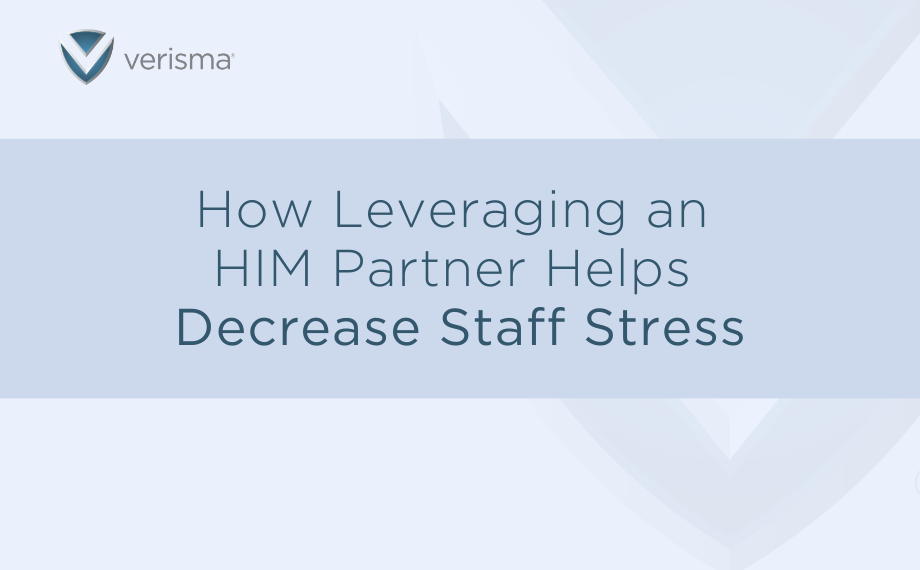
How Leveraging an HIM Partner Helps Decrease Staff Stress
Following our acquisition of ScanSTAT Technologies, Verisma now offers a full suite of outsourced HIM solutions in addition to our industry-leading ROI service:
Prior Authorizations
Inbound Document Management
Chart Abstraction
EHR Conversion
Forms Completion
Document Scanning
Referrals
Contact us to learn more!
- Allows your in-house staff to focus on patient care
- Keeps your medical records department current on requests
- Assumes responsibility for HIPAA compliance
- Fills the gaps in your department while you still maintain your own processes and standards
- Completing forms and requests efficiently and accurately
- Improving your physicians’ satisfaction by eliminating the additional work and stress of tracking down accurate patient information
- Helping ensure your processes are compliant with current regulations
- Available to help train internal staff on new technology or processes
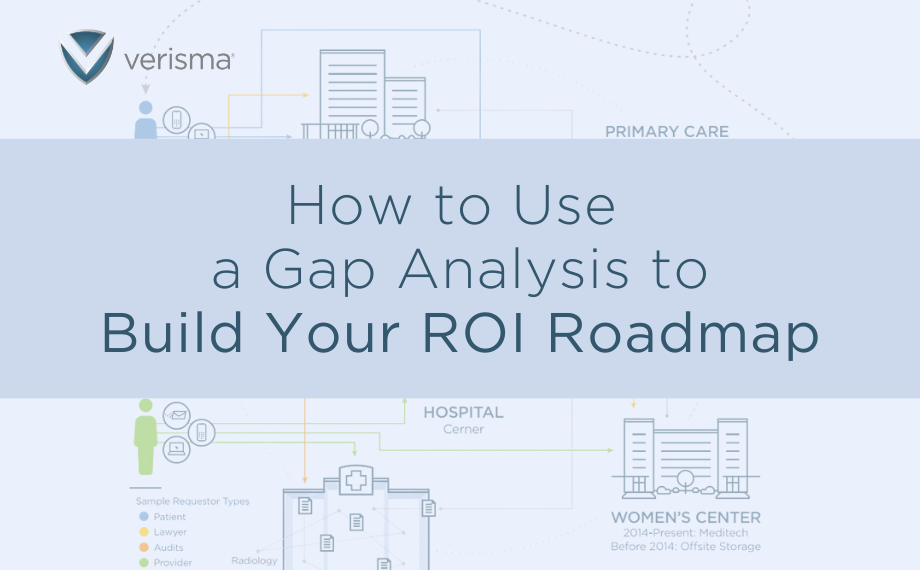
How to Use a Gap Analysis to Build Your ROI Roadmap
To begin a gap analysis, you must first assess your current state. We can break this down into six steps.
- Determine where the ROI flows into departments, practices, clinics, hospitals, etc.
- Layout a flowchart of all “on ramps.”
- Document the handling of all requests to include how many people touch a request. For example, does HIM forward a copy to radiology, the business office, sleep center, etc.?
- Analyze access to systems. Include all steps required to obtain access and what effort is needed to capture all pertinent information.
- Review current delivery method options (print, package, mail, email, fax, etc.)
- Determine current turn-around time. Start with the actual received date and remember that the TAT clock doesn’t stop and restart every time a request is forwarded to another department or location.
Once you’ve assessed your current state, it’s time to develop an action plan.
Working with a vendor partner who can automate this process will make this step much easier. Your action plan should involve a committee of location leaders or decision makers. You can use the “on ramp” flowchart from the previous step to make decisions on centralizing intake. Then provide access to all source systems to HIM or one centralized group. To reduce the number of patients wanting to review in-person, expand your delivery method options through automated technology like Verisma Request App®. Finally, establish a one-touch process to accomplish an accurate TAT.
The most difficult part of this process is building a unified ROI plan. Change projects are always challenging, especially within complex health systems, but your gap analysis will help as you move forward. Follow these five steps to build and implement your plan.
- Recognize the need for change. Get internal support and lay out your business case with benefits. HIM leadership should usually handle this step.
- Craft a vision. Your vendor partner can help you strategize for success.
- Implement change.
- Embed changes in your culture and practices. Make sure old ways aren’t creeping back in.
- Review your progress and analyze the results.
If you’d like to learn more about how Verisma can help you conduct a gap analysis and build an ROI roadmap, contact us.

